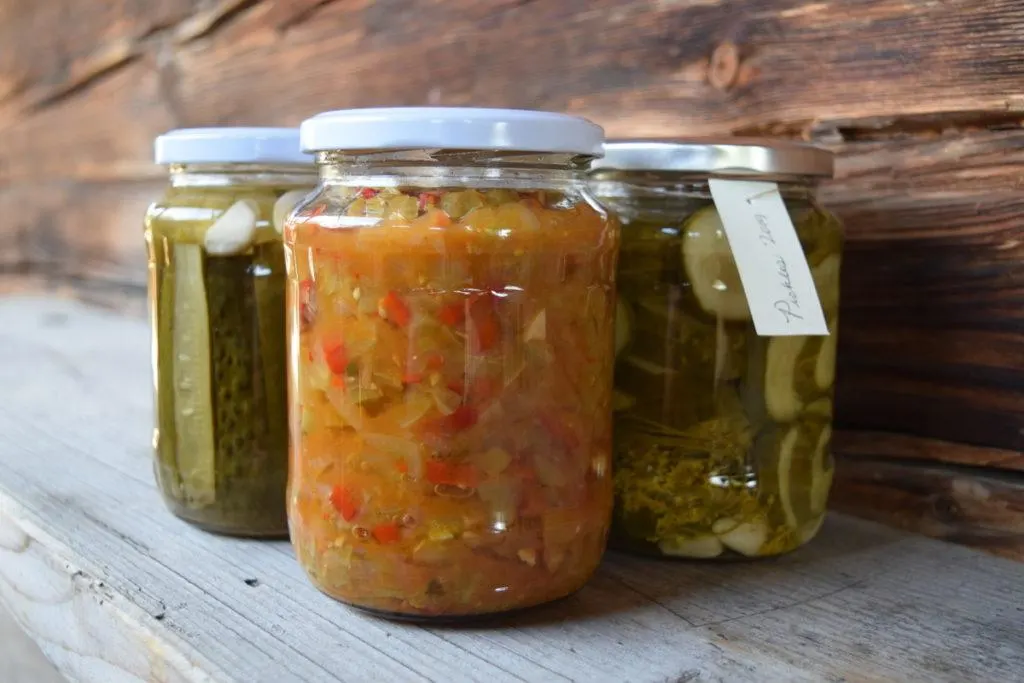
A super spicy cultivar within the chili pepper family, the habanero (Capsicum chinense) is like a little ball of fire.
Native to the Amazon and domesticated some 8,500 years ago, habanero plants thrive in the hot, sunny days of summer. When given these conditions, it will produce flowers and fruit continuously for many years.
Even a single summer is enough to provide a bountiful harvest of these miniature peppers that range in hues of orange, red, and yellow.
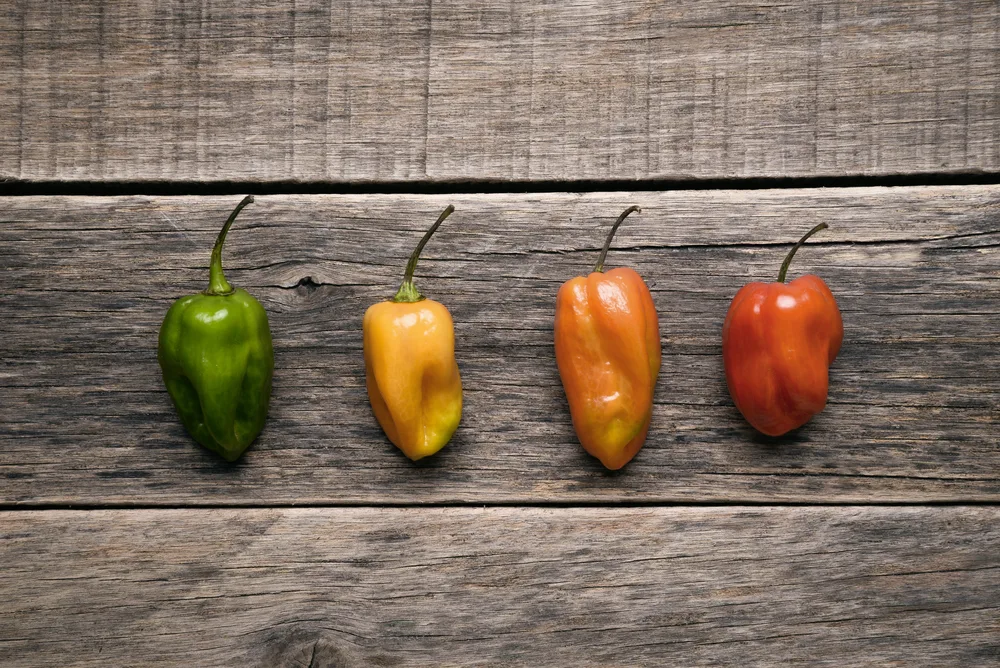
And a little habanero goes a long way. Ranked at 100,000 to 350,000 units on the Scoville heat scale, habaneros are leagues above jalapeno, serrano, tabasco, and cayenne peppers in terms of spiciness.
Though they certainly ought to be respected for their ample hotness, habaneros aren’t a punishing pepper that will have you running for a glass of milk.
When added to cooked fare and used in moderation, the habanero has more of a warming effect that slowly emanates throughout your mouth. It’s a nice slow smolder compared with the burning sensation of other hot peppers.
This basic habanero hot sauce needs only five simple ingredients to make. It is delicious tossed on chicken wings, doused on burritos and other Mexican fare, and stirred into barbeque and pasta sauces to kick your taste buds into gear.
Ingredients:
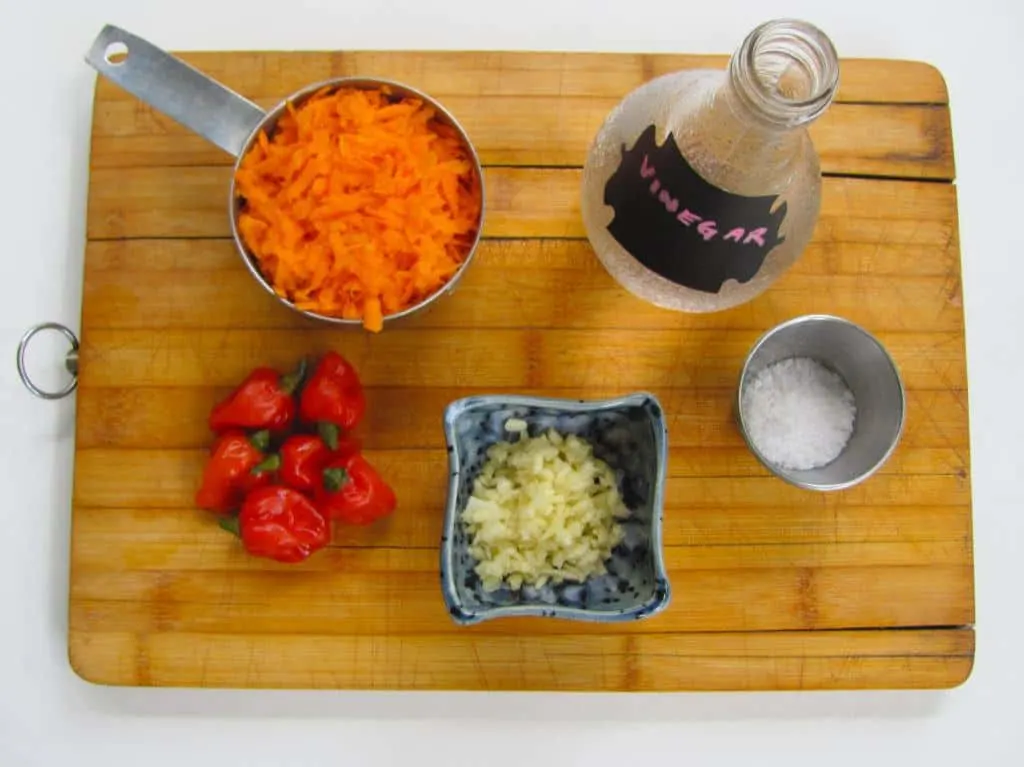
This recipe makes 2 cups of hot sauce.
Prep time: 5 minutes. Total time: 40 minutes.
- 6 habanero peppers, seeds and stems removed
- 4 cups of white vinegar
- 4 teaspoons of garlic, minced
- 2 teaspoons of sea salt
- 1 cup of grated carrots
Before we begin, there are a few precautions to take when working with habaneros.
Make sure the space you are working in is well ventilated. As soon as you open up these peppers with a knife, the air will become “spicy” – for lack of a better word – and will fill your kitchen with some serious pungency. Open a window and turn on your exhaust fan to keep the air moving.
You’ll also want to wear gloves when handling habaneros. They are so riddled with capsaicin that prolonged exposure will burn your skin. Also be sure to wash your knife and cutting board well before using them again.
Instructions:
Step 1
Thoroughly wash and de-seed habaneros by slicing off the top, making a single cut down the length of the pepper, and rubbing a (gloved!) finger over the inner core to remove the seeds.
Depending on how hot you like it, you may also remove the capsaicin glands that hold the seeds to lessen the spiciness of the pepper.
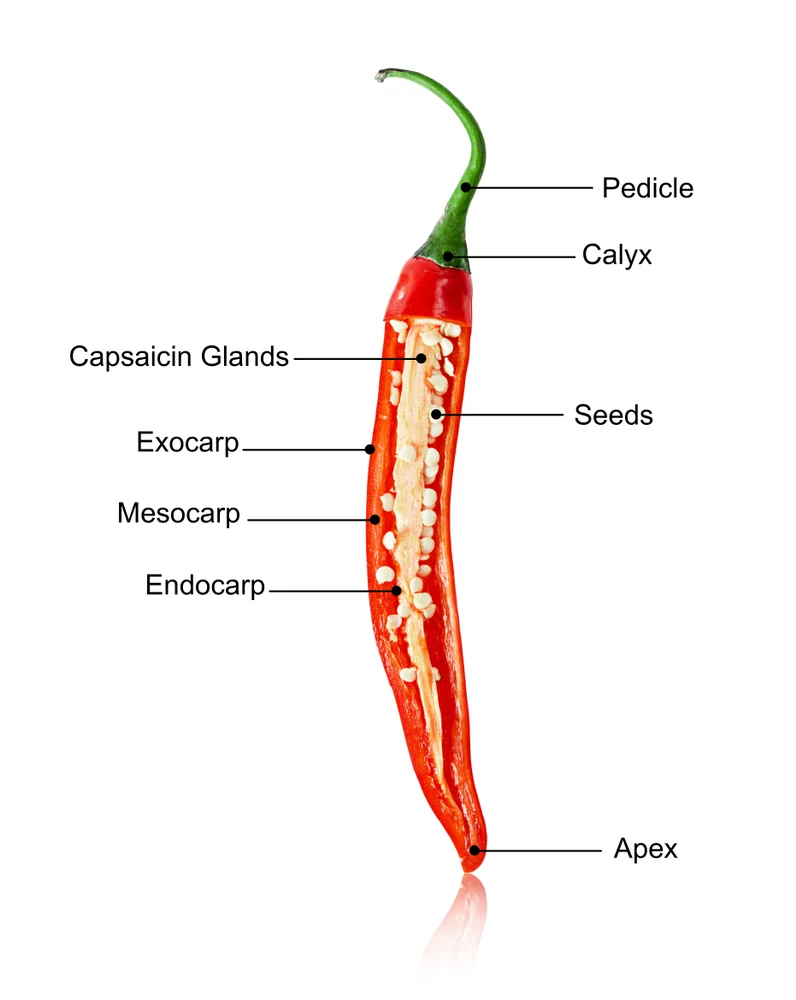
Removing too much of this membrane, however, will drastically reduce the heat of the pepper, and we are making hot sauce after all!
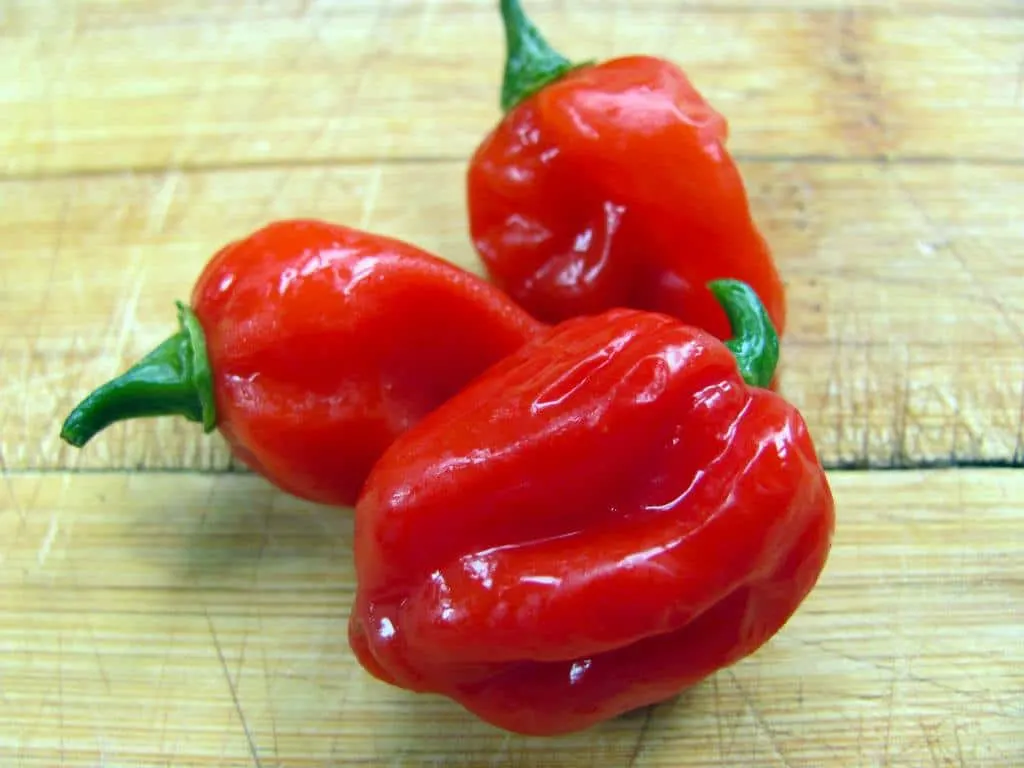
Step 2
Measure out the carrots, garlic, salt, and vinegar. Toss all ingredients into a sauce pot and bring to a simmer on medium heat.
Step 3
Stirring occasionally, simmer for about 20 minutes or until carrots and garlic have softened.
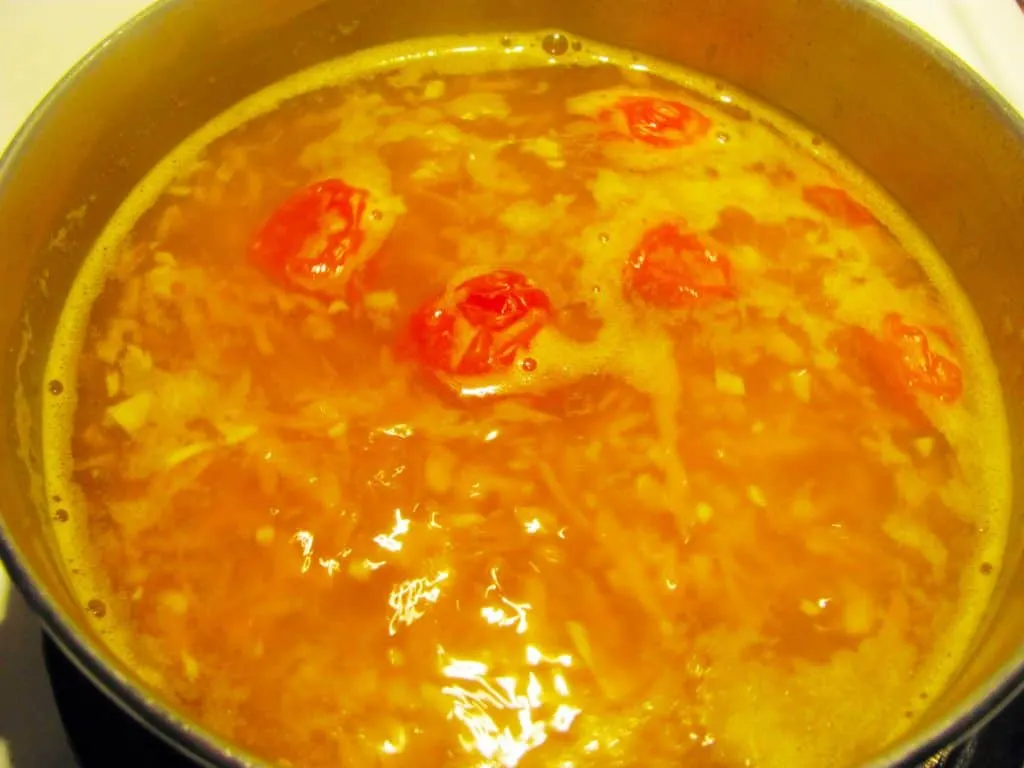
Step 4
Remove from heat and allow it to cool slightly before pouring it into a blender. If the mixture is still fairly hot, fold up a tea towel and place it over the blender lid before pulsing. Puree until smooth and frothy.
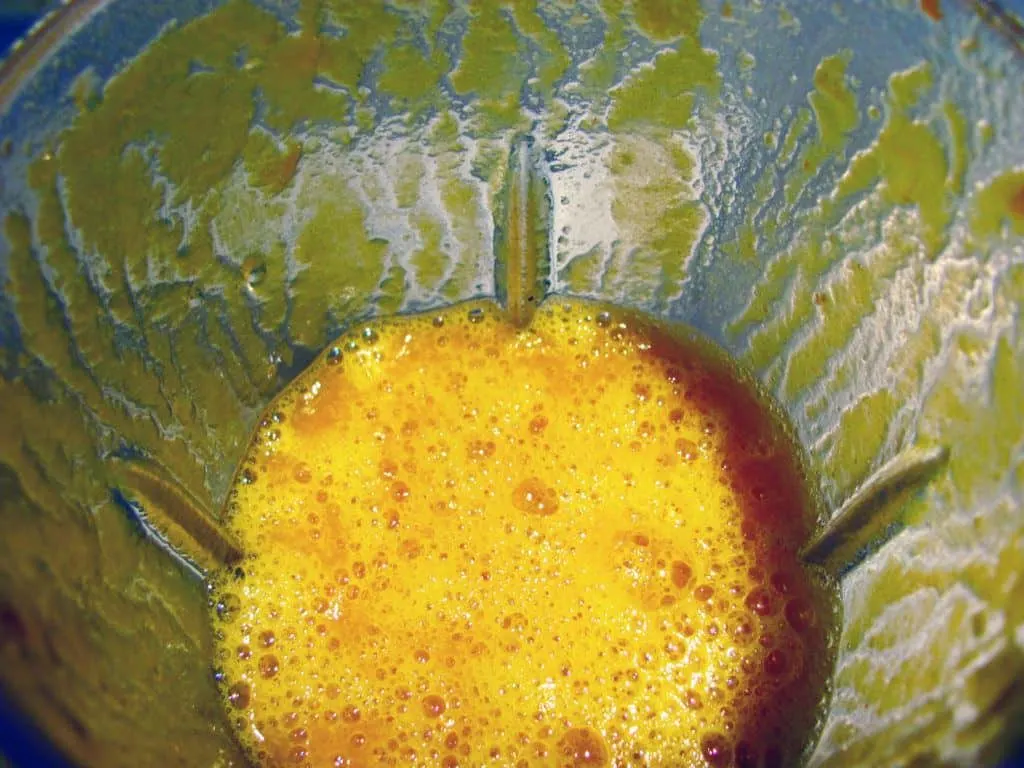
Step 5
Transfer liquid back into a sauce pot and gently simmer for 15 minutes, stirring regularly. The color will deepen in time. Add water to thin the sauce if desired.
Step 6
Remove from heat and allow it to cool completely before transferring it to an airtight container. Store in the fridge. Allow the flavors to marinate for at least 24 hours before enjoying!
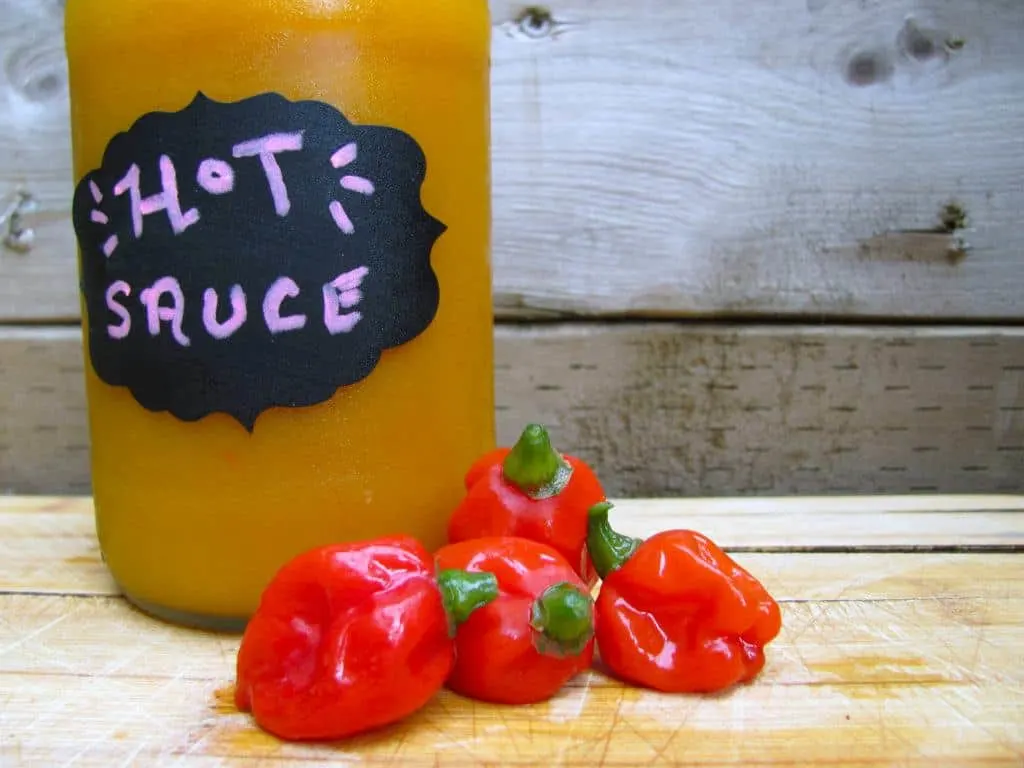
Though our bottle never lasts long, the amount of vinegar in this recipe means that it’ll keep for quite a long time when refrigerated.
Read Next:

Get the famous Rural Sprout newsletter delivered to your inbox.
Including Sunday musings from our editor, Tracey, as well as “What’s Up Wednesday” our roundup of what’s in season and new article updates and alerts.



